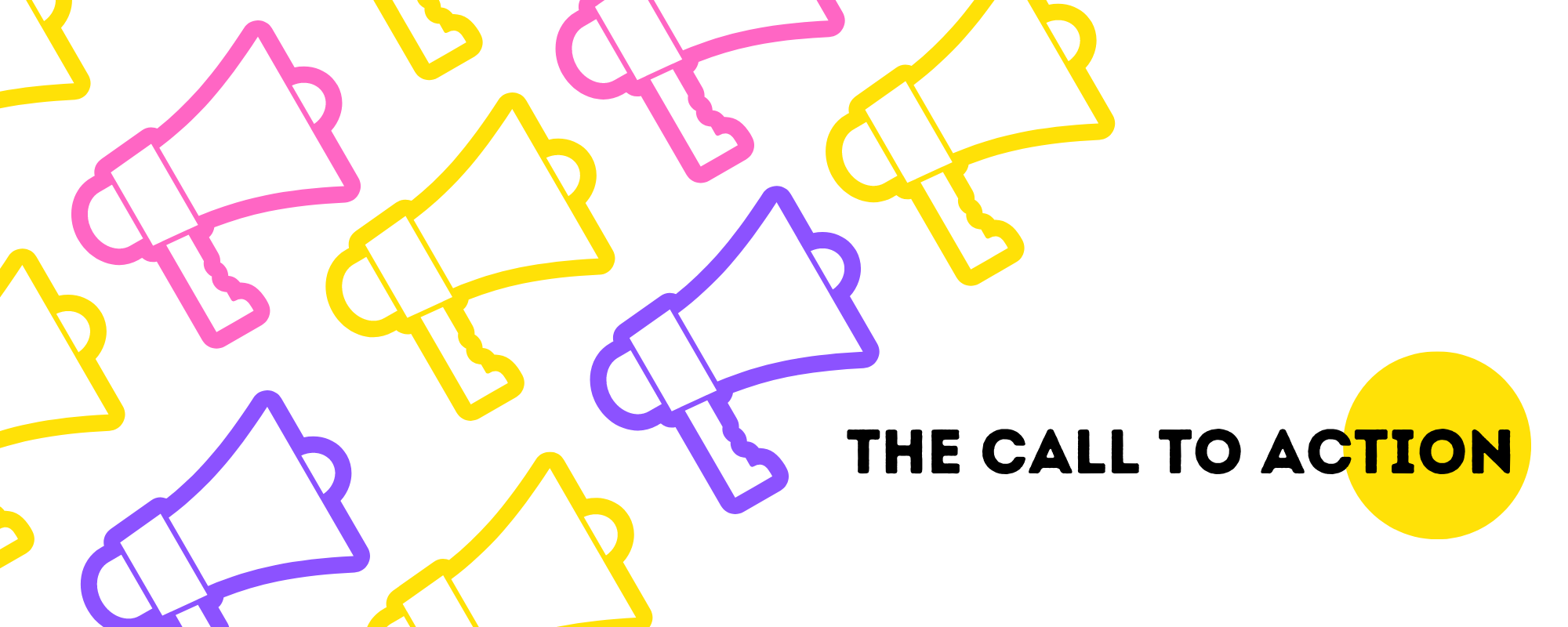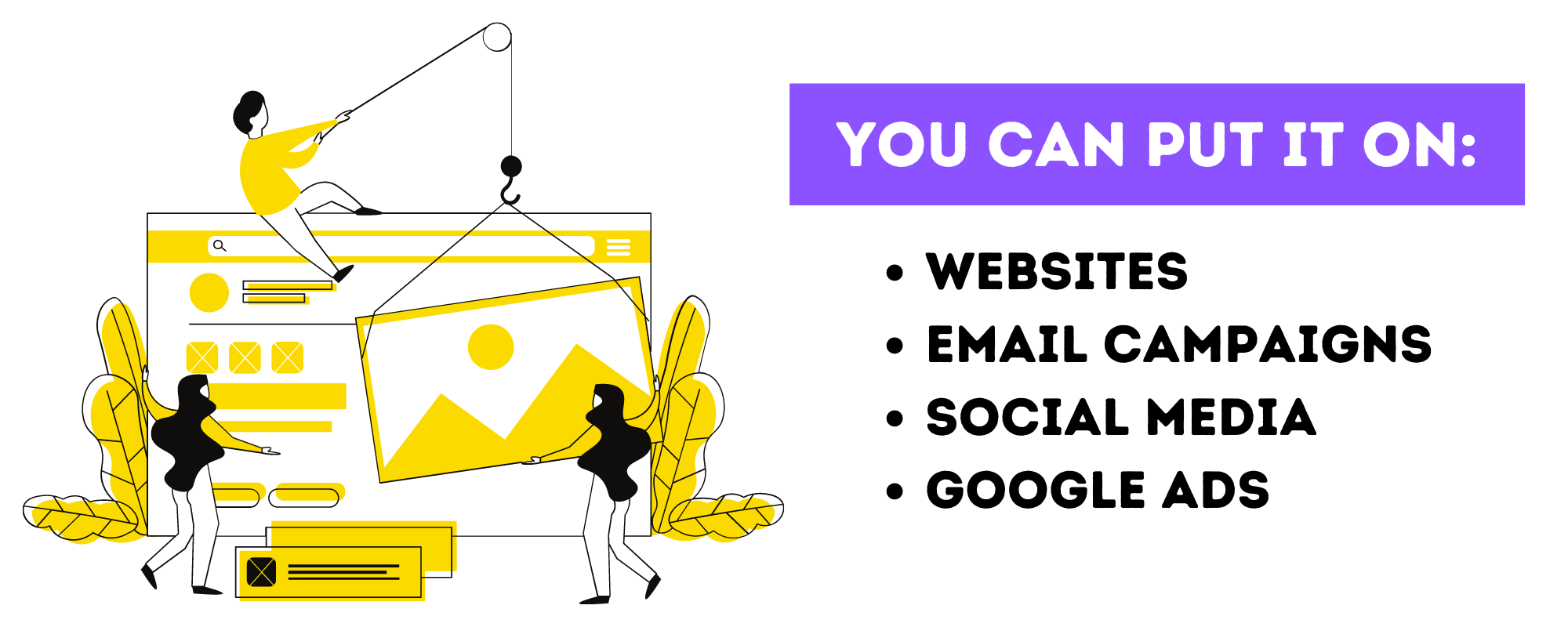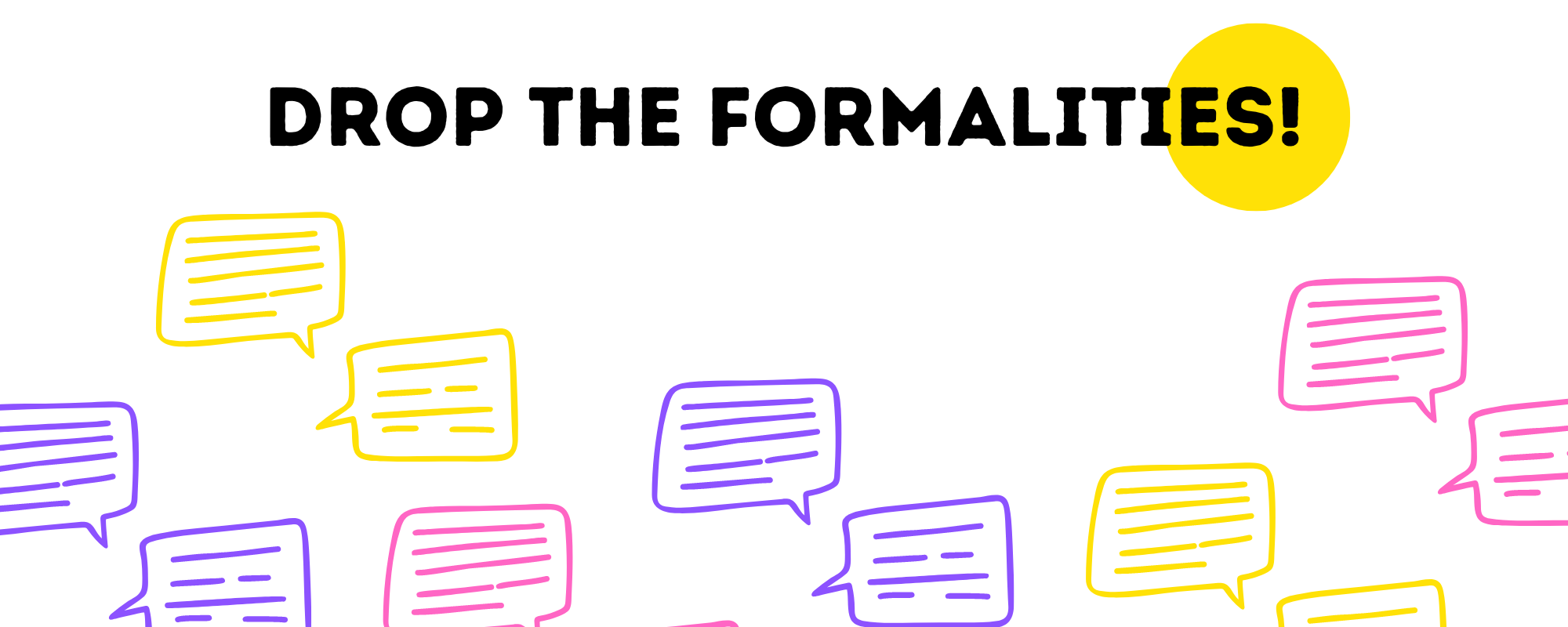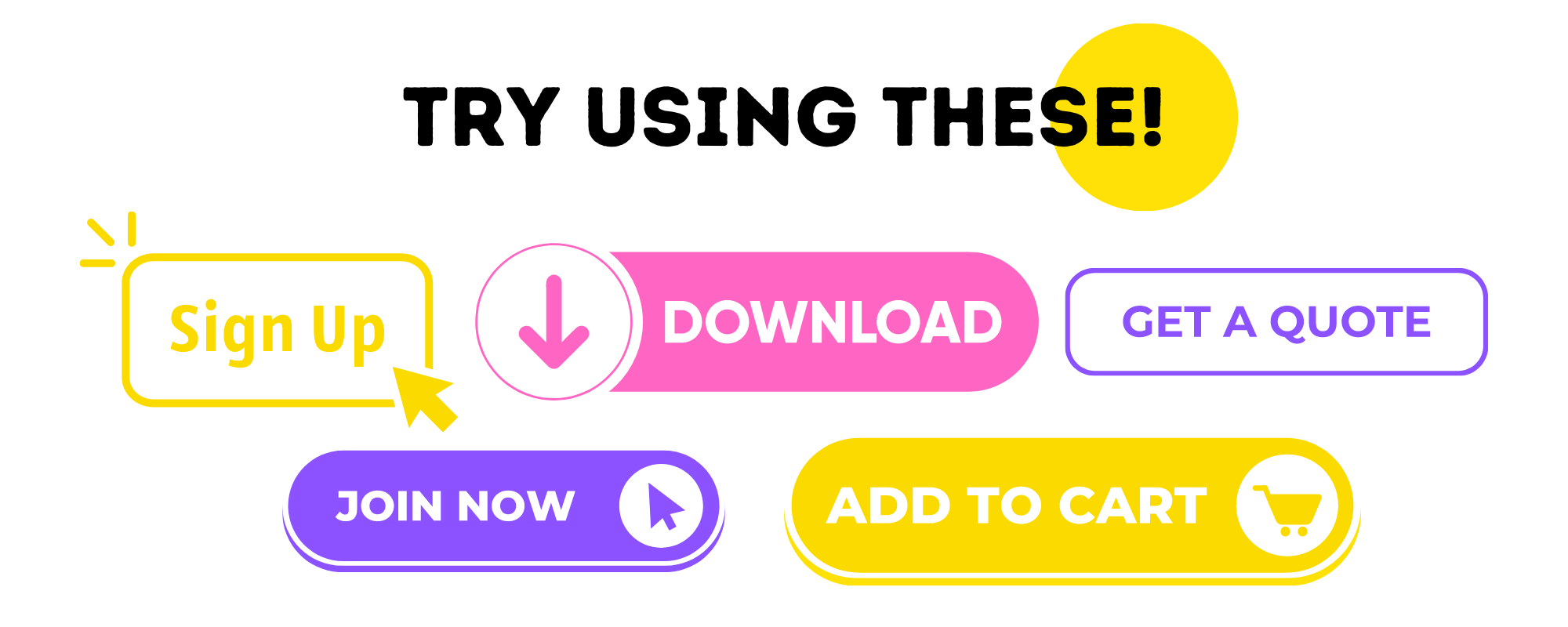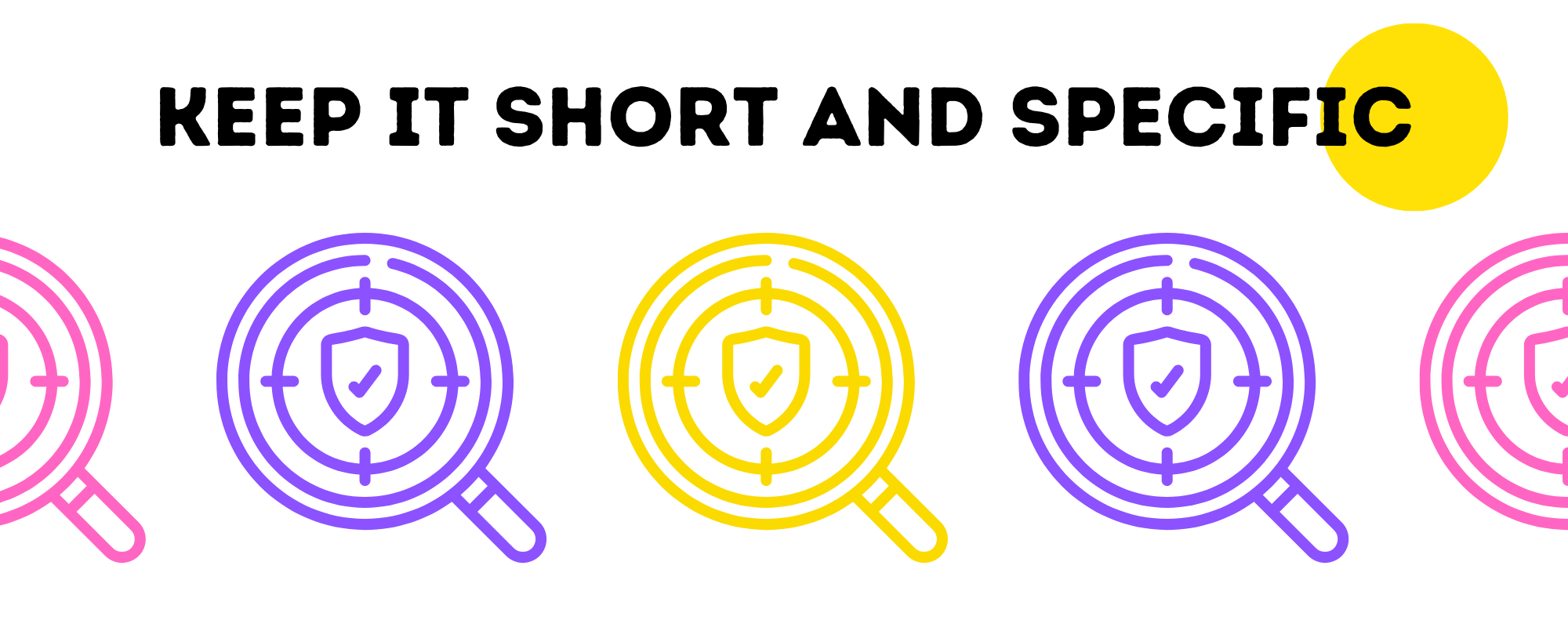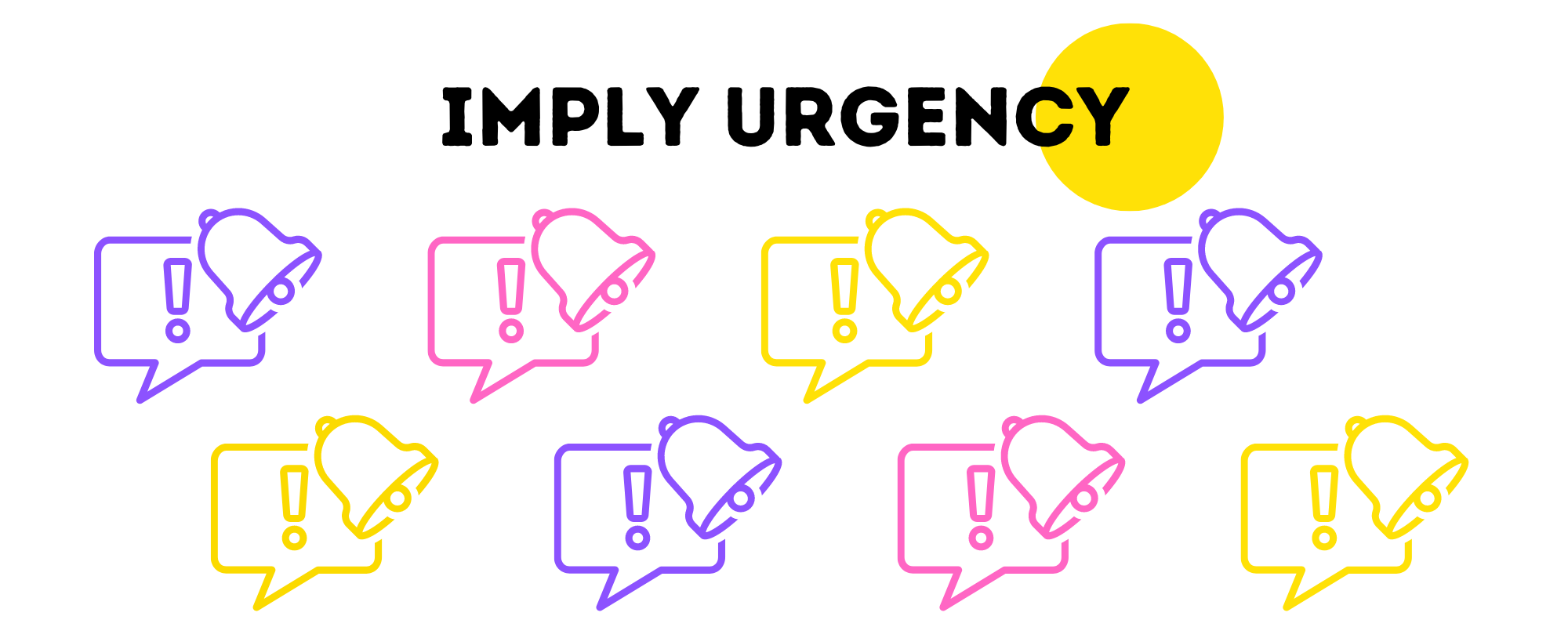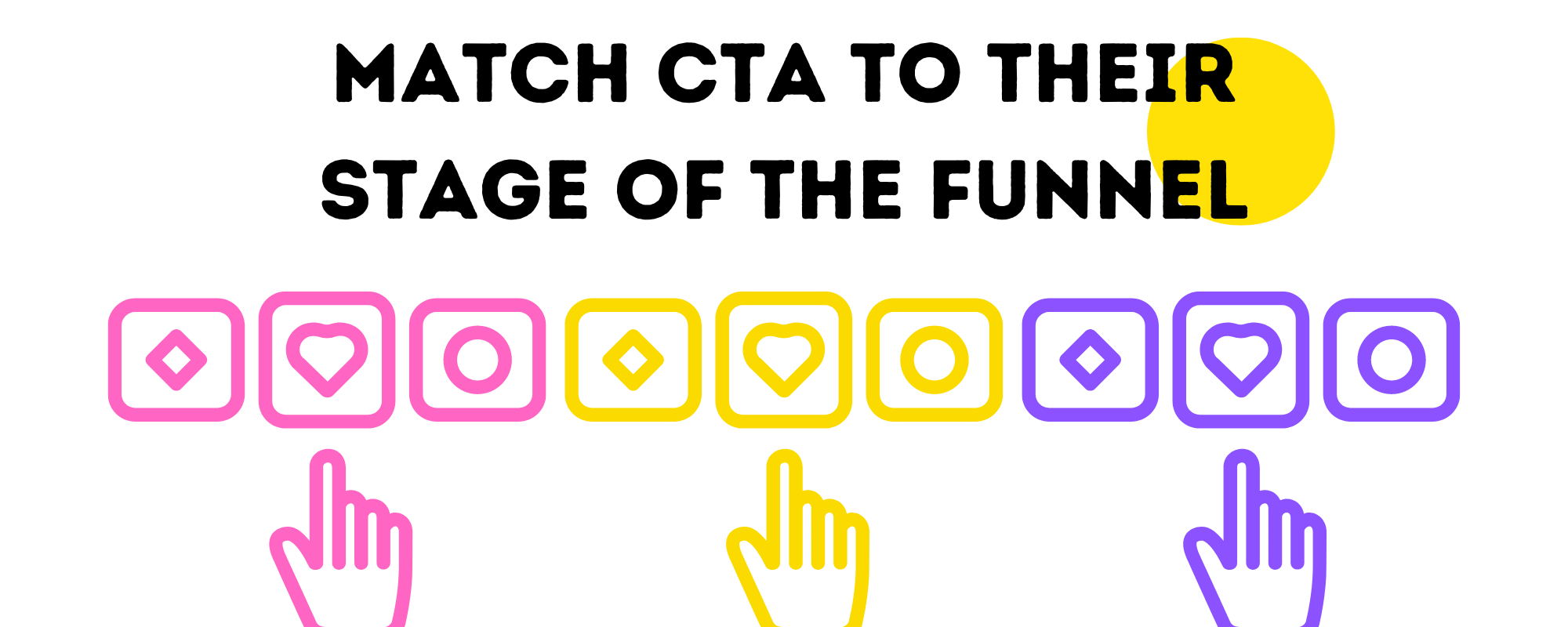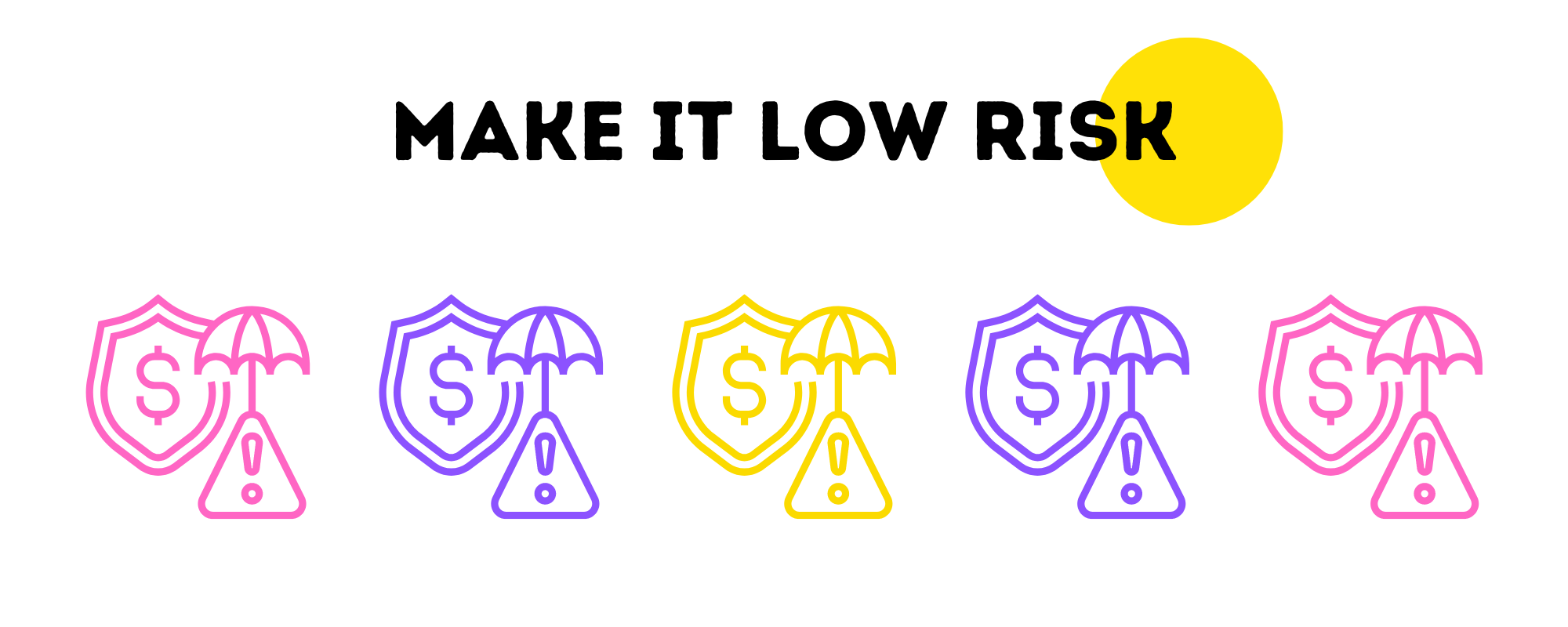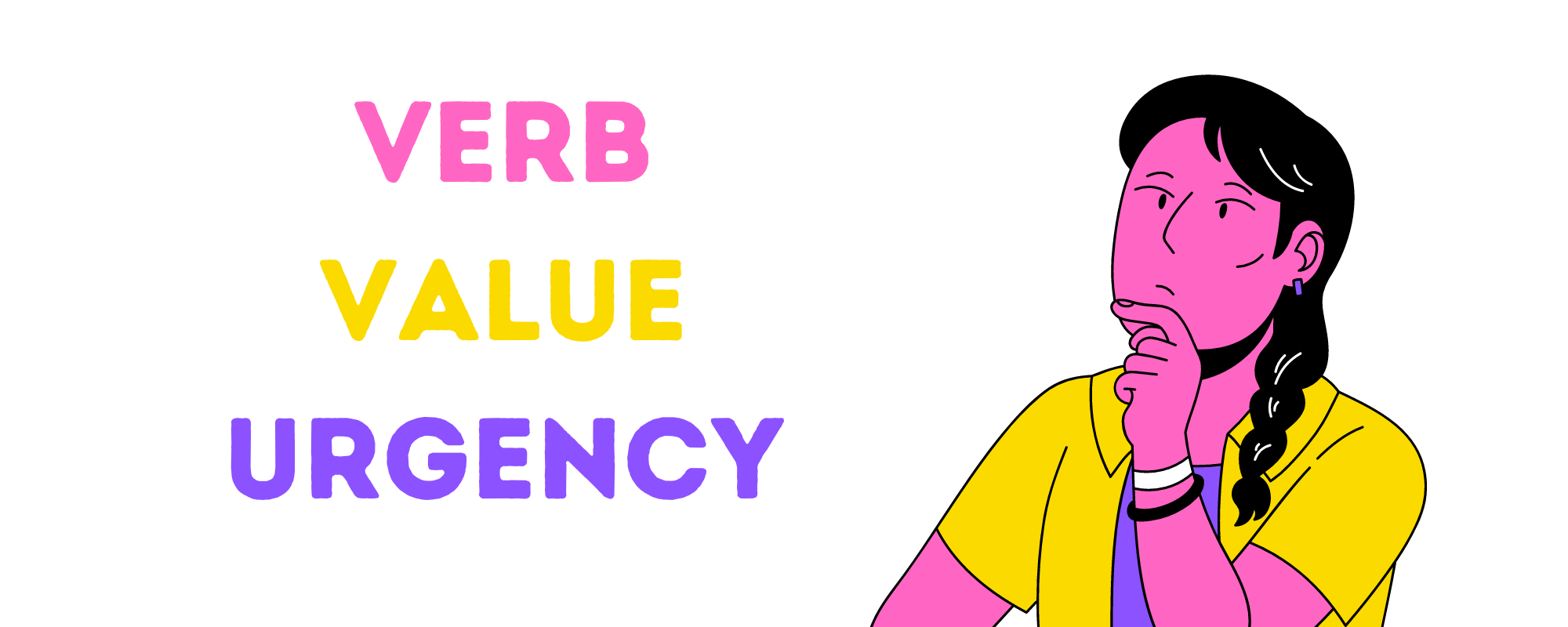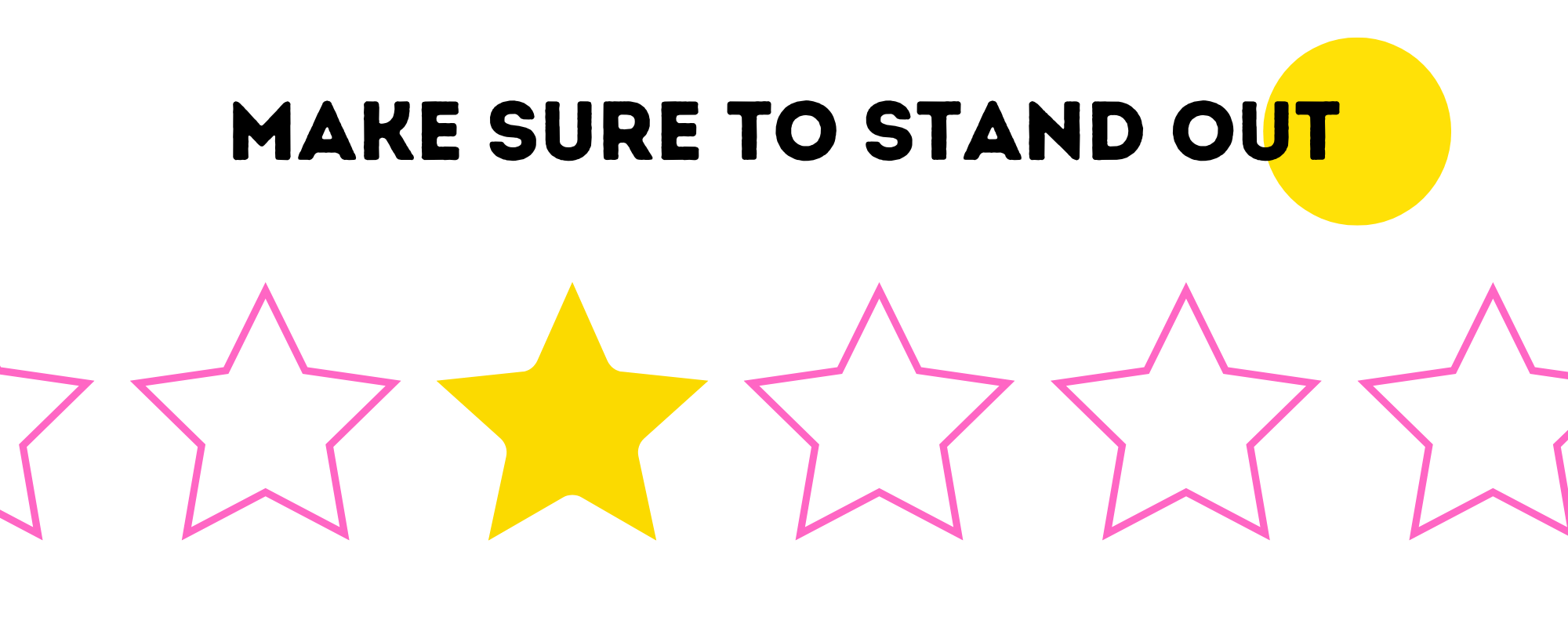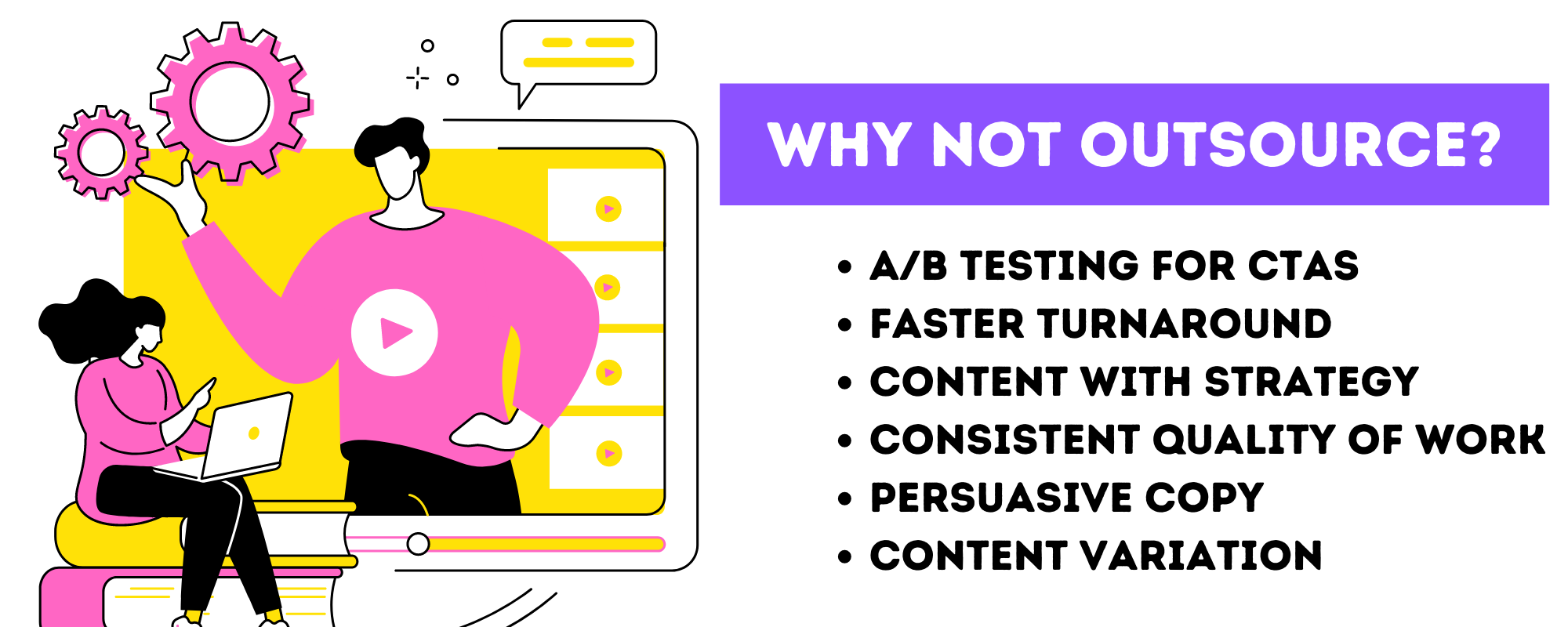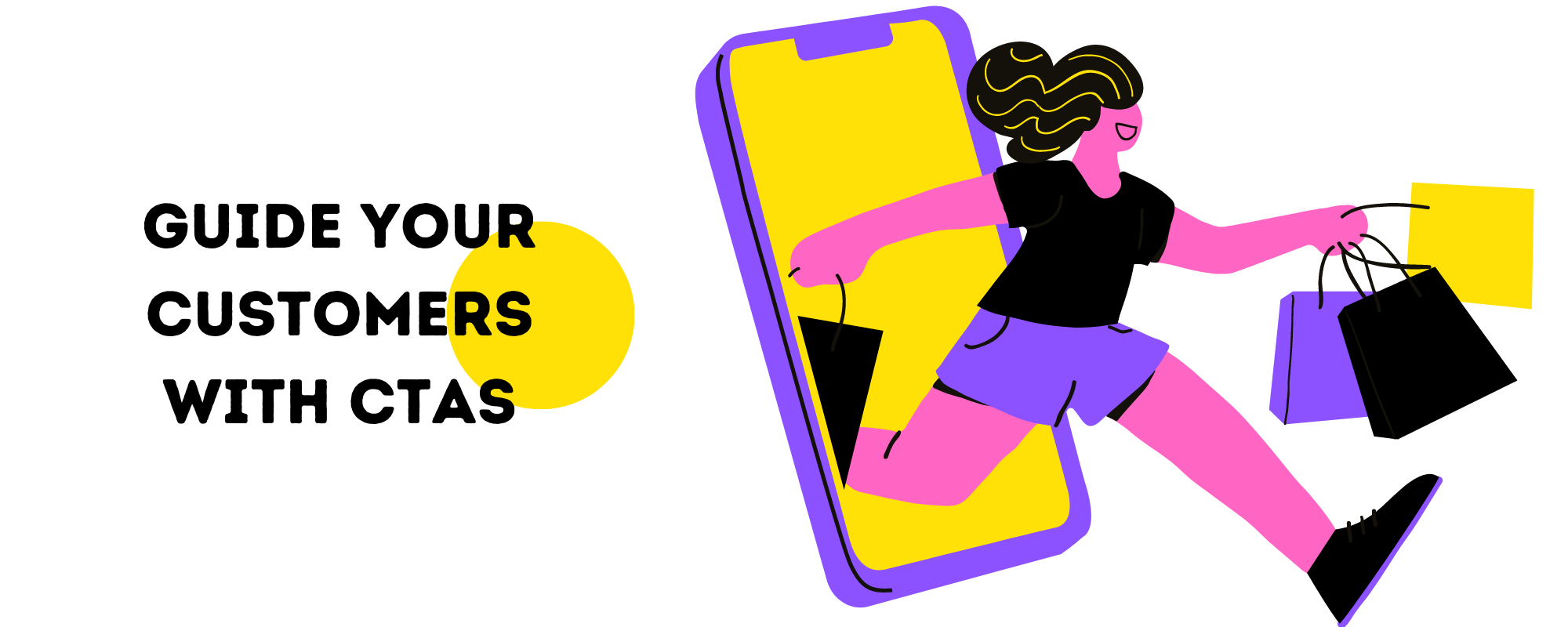
Proven Techniques for Crafting An Effective Call-to-Action
CATEGORIES
Tags
24/7 analytics australia automation Business Process Outsourcing company Copywriting CRM customer support data data and analytics Delegate digital digital advertising digital marketing Digital Support Staff ecommerce Email Management Email Marketing Entrepreneur Freelance Writers google ads graphic design Hiring Freelancers Marketing offshore offshoring ominchannel support organizer outsource Outsourcing Philippines Project management reporting seo seo audit Shopify Small Business social media Social media experts social media management United States video Virtual Assistant Virtual Team
Whether you’re just starting in business or already in the field for a long time, there’s one thing that won’t change: you want your target audience to take action. Not just be inspired by your content, or be aware of the services you offer–although yes, that’s always an important start– but to actually do something.
Subscribe. Download. Make a purchase. And that’s why most businesses seek ways to craft a compelling call to action.
Your audience won’t know what the next step is unless you nudge them to it. They won’t know what’s in it for them unless you tell them. The call to action is exactly for that.
What is a Call To Action (CTA)?
A call to action (CTA) is a statement or text prompt that directs customers to the next logical step in their customer journey, or the sales funnel. This may be to make a purchase, add anything to your cart, register, or other steps that guide them to push through with your business.
Without a clear call to action, customers don’t have any idea what to do next. This raises the possibility of them not buying anything, or contacting you, or proceeding to the next critical step in a funnel.
That’s why CTA is a fundamental component of marketing. Your prospects don’t have to wonder what to do next because you’ve already laid it out for them.
Why is CTA important for businesses?
Brand awareness
CTA can be used to increase brand awareness and increase the number of people learning about your business and products by directing them to your website. This way, you get to build up a consumer base.
Increased sales
A CTA is a part of a sales funnel– a digital marketing technique that starts by generating awareness and interest in a business and ends with a sale. Effective CTAs have a higher conversion rate, which is the number of unique visitors who respond to the CTA.
Lead generation
People who are generally interested in your company are likely to become future customers, and they are called ‘leads’. You can use CTAs to identify your target demographic and generate leads. From the results you gather, you can build an email list and continue marketing your business directly.
Guide customers to different stage of the funnel
CTAs make it simple for someone to access your website. A customer can arrive at your virtual door and make a purchase there with just the click of a link.
Where to put a CTA?
Your website is your virtual door, and that’s where most leads find information about your business. Put CTAs for opt-ins/subscriptions, shop browsing, and free downloads on your website, and make sure you have it on different sections like your homepage, landing page, and your blogs.
If you don’t have blogs yet, now’s the time to start blogging to drive more traffic to your website.
Email campaigns
People check their emails more often than you think. Using the email list you built, send email blasts to your subscribers. Include a CTA to the body of your email. It can be a button or hyperlink line of text that directs the person to specific pages where you can nudge them to take more action.
Social media
Another gateway to your business is your social media accounts– a perfect place to put your CTAs. Place sponsored ads on social media and add your own CTA along with the Learn More button.
Put CTAs to your social media captions, and your bio too. These are the things they mostly see online, especially ones that are new to your business and are scrolling through your social media feed.
Google ads
Use Google ads that appear when people search for your type of product or service. Add your CTA, which can be your phone number–Google will include a click-to-call button on mobile adverts, allowing customers to call you by simply tapping the link– or the link to your landing page.
Techniques for a compelling Call To Action
The more details you can include in your CTA for potential clients, the better it will be for everyone. With a concise and simple message, you can inform your audience of what to expect when they click on your advertisement and assist in deterring unsuitable users from doing so.
The CTA suggestions below are equally beneficial, even with industry-specific phrases or messaging your potential clients would be responsive to.
Keep it personal and conversational.
Drop the formalities. Talk to your customers as if they are your close friends, because they’d love that too. They will feel heard when you talk to them about things they instantly relate to, i.e. their pain points.
Make it personal. Use the words ‘you’ and ‘your’ in your copy. Speak directly to them. Create a personal connection, and add a compelling reason why they need to buy your product/ service.
Use strong command words.
You want your audience to do something, so tell them clearly. CTAs that use strong, straightforward, and instructive verbs help cut down decision fatigue.
Try CTAs like:
- Sign up for a free trial
- Download this eBook
- Get a free instant quote
Simple and direct is the best approach, and avoid using terms like “click here,” which can sound scammy or off-putting.
Keep it short and specific.
Specific CTAs are better than vague ones. Like ‘Click here’, people don’t know what to expect when they click, raising the chance that they won’t. Same as ‘Get it now’, ‘Subscribe for more’, or ‘Buy now’, they don’t show the value and the next step to take.
Instead, you can say:
- Download [name of eBook/report] Now
- Get [product name] Today
- Read [title of blog] here
You can also add what they will get once they do your desired action. You can say, ‘call today to schedule your free consultation!’, or ‘fill this section and get an instant quote’. Rather than simply asking the user, you also gave them a reason why they should take that action.
Also, keep your CTAs short and simple to avoid giving them a salesy tone. Tell just enough of a story to pique curiosity before getting right to the point with an actionable demand. Put yourself in the shoes of your target audience and imagine living a day in their shoes.
This helps you identify and include unique features that will interest your readers and entice them to click on your offerings.
Imply urgency.
People go crazy over limited offers and discounts, and they can’t stand the FOMO. When people believe they are about to miss out on a once-in-a-lifetime chance, they are fast to jump on board.
Leverage this technique and imply scarcity on your offers. You can use:
- Buy [item name] now, only 1 left!
- Shop today! Sale ends on Monday.
- Order today, receive by [date]
These will get you additional clicks, as nothing is more tempting than a limited-time offer.
Match CTA to their stage of the funnel.
Before you can begin writing, you must first decide what you want your audience to do. Do you want them to buy something, visit your landing page, sign up for something, enter a contest, or like your latest post?
Intent is important in a CTA, and your intent should be matched to where they are in the stage of the funnel. You have to consider where they are first, before you tell them what to do.
If they are new to your funnel or have come from a low-intent experience, such as browsing social media, adjust your CTA from buying language to exploration, discovery, and value.
Once they are off the platform, you can use conversion-based CTAs.
Make it low risk.
Trust is a major reason why people do not buy or convert. Visitors may have doubts about your brand, your website, or even whether the product or service will work for them.
And when they do finally trust your business, it can all go down the drain when your CTA is a high risk– you ask for too much information.
The key is to minimize the risk. Use uncomplicated steps to take, and surround your CTA with social proof. When a customer clicks “buy now,” you can include testimonies from real customers that show the benefits and end outcomes of your product.You can also add statements like, ‘No credit card needed for a free trial’, or, ‘This part is optional.’
This is to reassure your leads and customers that they won’t need to risk much to try your products, helping them push through during cold feet moments.
Verb, Value, Urgency (VVU) formula
The Verb, Value, Urgency (VVU) formula is a great strategy for driving conversions and building momentum with your CTA. This simple approach capitalizes on three distinct factors that customers review when purchasing a product or signing up for something:
1. Verb – What happens if they click the button? Are they getting something, or are they required to do a lot of extra effort, such as filling out a long form with all of their personal information?
2. Value – What actual value or item will they get when they engage with your call to action?
3. Urgency – When will they receive their product or service?
Make sure your leads can easily find these three on your CTAs, as this will help them decide quicker whether to continue with your or not.
Stick to your brand image.
Maintain consistency. Stick with your brand language once you’ve established it. It’s understandable that at times, you want to try another tactic to gain more attention and convert. You can freely do so, but do it without deviating from your branding.
If you make a mistake, your followers will notice. Maybe not all of them, but your loyal customers will, especially ones that support you because they are moved by your image, your values, your voice.
Don’t lose your business’ essence. That’s what most people look for in a brand to support.
Make sure the material stands out.
Make your call to actions stand out from the rest of your content so that people who are just browsing your page don’t miss them. In fact, a good CTA draws people’ attention as soon as they get on the page, and makes them more interested in them than the following content.
You can increase the text size or change the font, or develop a button to go below your content that shows your call to action. The goal is to ensure that it appears as an added value to your written content rather than being eaten up by all of the other words on the page.
Consider devices used.
When it comes to devices, desktop and tablet users are usually in research mode, while mobile users seek instant results. Someone watching TV might grab their laptop or tablet to search for more information, while a person on the street might quickly search on their phone after seeing an ad on a bus.
Mobile users often prefer making a phone call for immediate satisfaction.To leverage this, set a mobile preference for your Google ads to target mobile searches and focus on generating phone calls.
Enable call extensions, as they automatically adjust for mobile searches by displaying a convenient “Call” button for one-touch dialing through Google’s “Click-to-Call” function.
Outsourcing copywriters for your content
Crafting effective content helps engage your audience and achieve your business goals. However, not everyone has the expertise or time to create persuasive copy that resonates with their target audience. That’s where outsourcing copywriters come in.
A/B Testing for CTAs
When it comes to creating compelling content and optimizing your call-to-action (CTA), outsourcing copywriters can be a game-changer. You can bring in professionals who specialize in crafting persuasive copy, but remember that A/B testing for CTAs can be done by experts other than writers too. This allows you to experiment and fine-tune your CTAs to achieve the best results.
Faster turnaround
One of the significant advantages of outsourcing is the faster turnaround time. With dedicated copywriters, you can expect high-quality CTAs delivered promptly, freeing up your time and resources.
Plus, they bring a strategic approach to your content creation, aligning your CTAs with your overall marketing objectives.
Content with strategy
Consistency is key in maintaining your brand voice, and outsourced copywriters excel at this. They can adapt their writing style to match your brand’s tone and guidelines, ensuring that the CTAs remain on-brand and cohesive with your overall messaging.
Consistent quality of work
Consistency is key in maintaining your brand voice, and outsourced copywriters excel at this. They can adapt their writing style to match your brand’s tone and guidelines, ensuring that the CTAs remain on-brand and cohesive with your overall messaging.
Persuasive copy
The power of persuasive copy cannot be underestimated. With their expertise, outsourced copywriters can create compelling CTAs that motivate your audience to take action. Whether it’s emotional appeals or highlighting the benefits, their words can make a significant impact.
Content variation
Variety is the spice of life, and the same goes for your content. Outsourced copywriters can help you bring fresh ideas and diverse approaches to your CTAs. They can provide different angles, cater to different stages of the customer journey, and make your CTAs engaging and varied.
Conclusion
In any well-crafted marketing plan, call-to-action buttons (CTAs) hold immense importance. Each piece of content you create should have a clear purpose, guiding your audience towards a desired action.
Whether it’s directing them to a specific web page, encouraging newsletter subscriptions, or scheduling a call with a salesperson, CTAs are the driving force behind these actions.
To truly optimize your CTAs, outsourcing copywriters can make a significant impact. Enlisting the expertise of professional copywriters result in faster turnaround times and consistent quality of work.
Moreover, they excel at maintaining your brand voice, tailoring CTAs to specific devices, and creating persuasive copy that resonates with your target audience.
Elevate your CTAs and enhance user engagement by leveraging the expertise of professional copywriters today.


